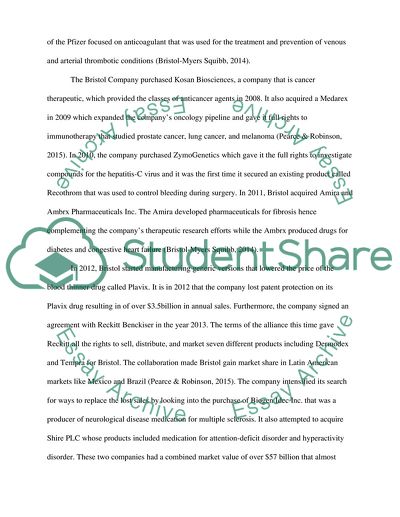Cite this document
(Pharmaceutical Industry in the Global Economy Case Study, n.d.)
Pharmaceutical Industry in the Global Economy Case Study. Retrieved from https://studentshare.org/health-sciences-medicine/1871321-mba-healthcare-administrationcase-studybristol-myers-squibbs-growth-through-addition-subtraction-and-sharing
Pharmaceutical Industry in the Global Economy Case Study. Retrieved from https://studentshare.org/health-sciences-medicine/1871321-mba-healthcare-administrationcase-studybristol-myers-squibbs-growth-through-addition-subtraction-and-sharing
(Pharmaceutical Industry in the Global Economy Case Study)
Pharmaceutical Industry in the Global Economy Case Study. https://studentshare.org/health-sciences-medicine/1871321-mba-healthcare-administrationcase-studybristol-myers-squibbs-growth-through-addition-subtraction-and-sharing.
Pharmaceutical Industry in the Global Economy Case Study. https://studentshare.org/health-sciences-medicine/1871321-mba-healthcare-administrationcase-studybristol-myers-squibbs-growth-through-addition-subtraction-and-sharing.
“Pharmaceutical Industry in the Global Economy Case Study”, n.d. https://studentshare.org/health-sciences-medicine/1871321-mba-healthcare-administrationcase-studybristol-myers-squibbs-growth-through-addition-subtraction-and-sharing.


